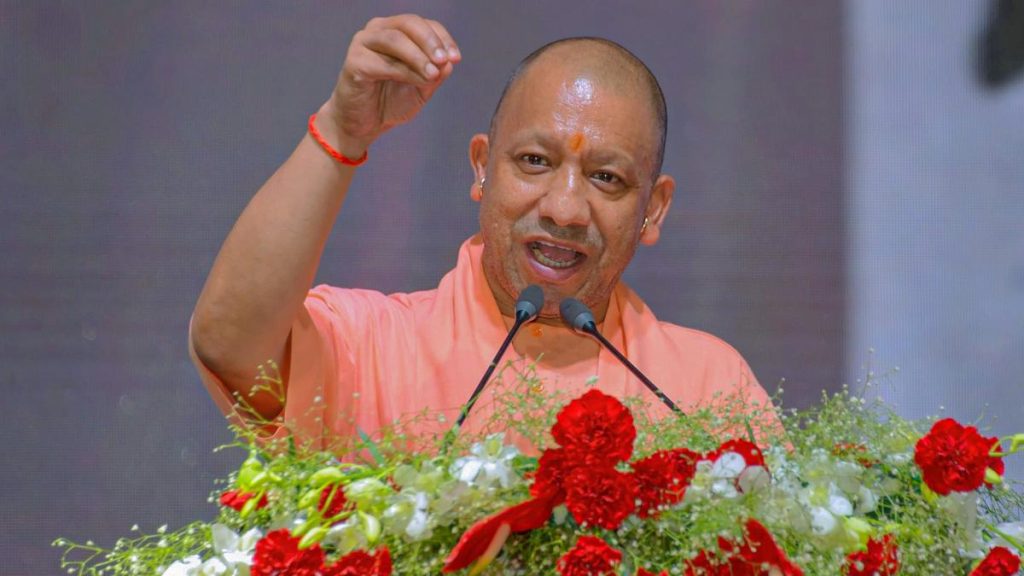Now Reading: Japan Volcano Erupts Amid Warnings of ‘Mega Disaster
-
01
Japan Volcano Erupts Amid Warnings of ‘Mega Disaster
Japan Volcano Erupts Amid Warnings of ‘Mega Disaster

Fast Summary
- incident: Japan’s Mount Shinmoedake, located in the Kirishima mountain range on Kyushu Island, erupted on July 5, 2025.
- Alert Level: The Japan Meteorological Agency (JMA) has raised the volcano’s alert level too 3 due to risks of falling volcanic debris and pyroclastic flows within a 2-mile radius.
- Affected Areas: Miyazaki and Kagoshima prefectures were covered in thick ash; residents were advised to stay indoors and avoid the area.
- Seismic Activity Link: An earthquake of magnitude 5.5 hit off the coast of Tokara island chain shortly before the eruption. Scientists observed signs of swelling beneath Mount Shinmoedake leading up to this event.
- Ancient Context: The volcano last erupted in 2018 but was most intense during its eruption in 2011, causing evacuations and flight disruptions. It famously appeared as a James Bond lair in “You only Live twice.”
- Prediction Viral Online: A decades-old prediction by manga artist Ryo Tatsuki about a natural disaster occurring near June 2025 went viral online amid this event but lacks scientific backing.
- Population Impact: Over 900,000 people reside near mount Shinmoedake; authorities are actively monitoring the situation for potential aftershocks or further eruptions.
Indian Opinion Analysis
Natural disasters like volcanic eruptions underline how critical early warning systems are for saving lives and reducing harm. In Japan’s case, proactive measures such as raising alert levels early-days ahead-and closely tracking seismic activity helped limit exposure to direct volcanic hazards when Mount Shinmoedake erupted. India’s geological landscape also includes active fault lines prone to earthquakes or tsunamis; therefore, lessons from global best practices like those implemented by Japan should inform India’s disaster preparedness strategies.
This incident might also hint at larger tectonic shifts impacting neighboring regions over time-a crucial area for Indo-Pacific collaboration on scientific exchanges regarding environmental vulnerabilities. For India’s large urban centers close to volatile landforms (e.g., Himalayan foothills), integrating technological advancements used elsewhere could enhance local safety infrastructure substantially.
























